Beethoven, Promethean Hero
By David Moratón
The Tenerife formation interpreted the Third Symphony of the German composer
Last Friday, December 15th, conductor John Nelson, born in Costa Rica and with extensive international career, directed the Tenerife Symphony Orchestra in an extraordinary concert within the framework of the 55th anniversary of the Tenerife Symphony Orchestra’s “Heroica” cycle at the Auditorium of the capital.
There are many technical details that we could discuss about the conductor (since this type of “critical” musical analysis has become customary, especially for music labeled as “classical”), but what seems most interesting to me is the interpretation itself, even if it sounds high-level and brilliant in form and content, because in certain moments there would have been a need for more precise and synchronized articulation to achieve a more fluid global transmission of this symphony.
This can also happen when a work is very expressive, and the hall lights are dimmed. Sometimes the conductor’s gestures can be too trivial for a passionate performance, or conversely, too exaggerated. The result must be more than just the general illumination of the concert halls, as in the misty Wagnerian pit of Bayreuth, where the musicians remain hidden. From this way, the asymmetric augmentation of the music shines with more force in the darkness. At the recommended closing moment, the eyes close to be able to see the music and not interpret it.
Commentary on the latest concert offered by the Tenerife Symphony Orchestra at the Auditorium under the direction of Costa Rican maestro John Nelson
Expressive Dimension
The expressive dimension of the “Heroica” is simply colossal. One evident fact is that Beethoven, after his great crisis from 1801-1802, which led him to write the “Heiligenstadt Testament” and consider suicide, emerged from this crisis having to face the surrender, resurgence, and glorious outcome of this symphony of renovation, with a dedication to the then-revolutionary Napoleon, who was later fought by a disappointed Beethoven.
The first movement is a musical prodigy, full of life, colour, and dialogue among the groups, totally unified in an instant, a sentence of love that emerges from the surprise realized by the magical timbre of the clarinet, reflected in the golden timbre of the transparent flute and illuminated by the golden timbre of the oboe. The symphony reaches its highest point of “pathos” in the harmonic revolution of the third movement. In this moment, the listener recognizes that the liberation and creation of the Tenerife Symphony Orchestra are among the best interpretations of great works; we place it among the best works of all time, among the most important of the conductor, of the instruments, of the technical knowledge of space, of time, and even of silence.
Characteristics of Beethoven’s works during this period are the fascinating rhythmic energy of his scherzi, like the first movement of the “Heroica,” and the disconcerting alternation between the elevations of the powerful and the descents that are often resolved in a free liberation that determines what romantic elements consider Beethoven as the most interesting figure for them; they well know how to magnify him, convinced that the heroic-promethean figure of the past triumphant and suffering. Nothing more false: all styles, except perhaps Wagner, never saw in Beethoven a deliberate search for the fundamental theme of Beethoven in the exasperation of adversity, and that his most important works reflect his precisionism, his chaos, and absence of resignation.
The Third Symphony concludes with well-known variations that are promising and by no means by chance, since Beethoven, like Prometheus, defended with obstinate sincerity, like none of his contemporaries, the power of being human to govern his own destiny.
El Dia, Tenerife, Spain
20 December
2006

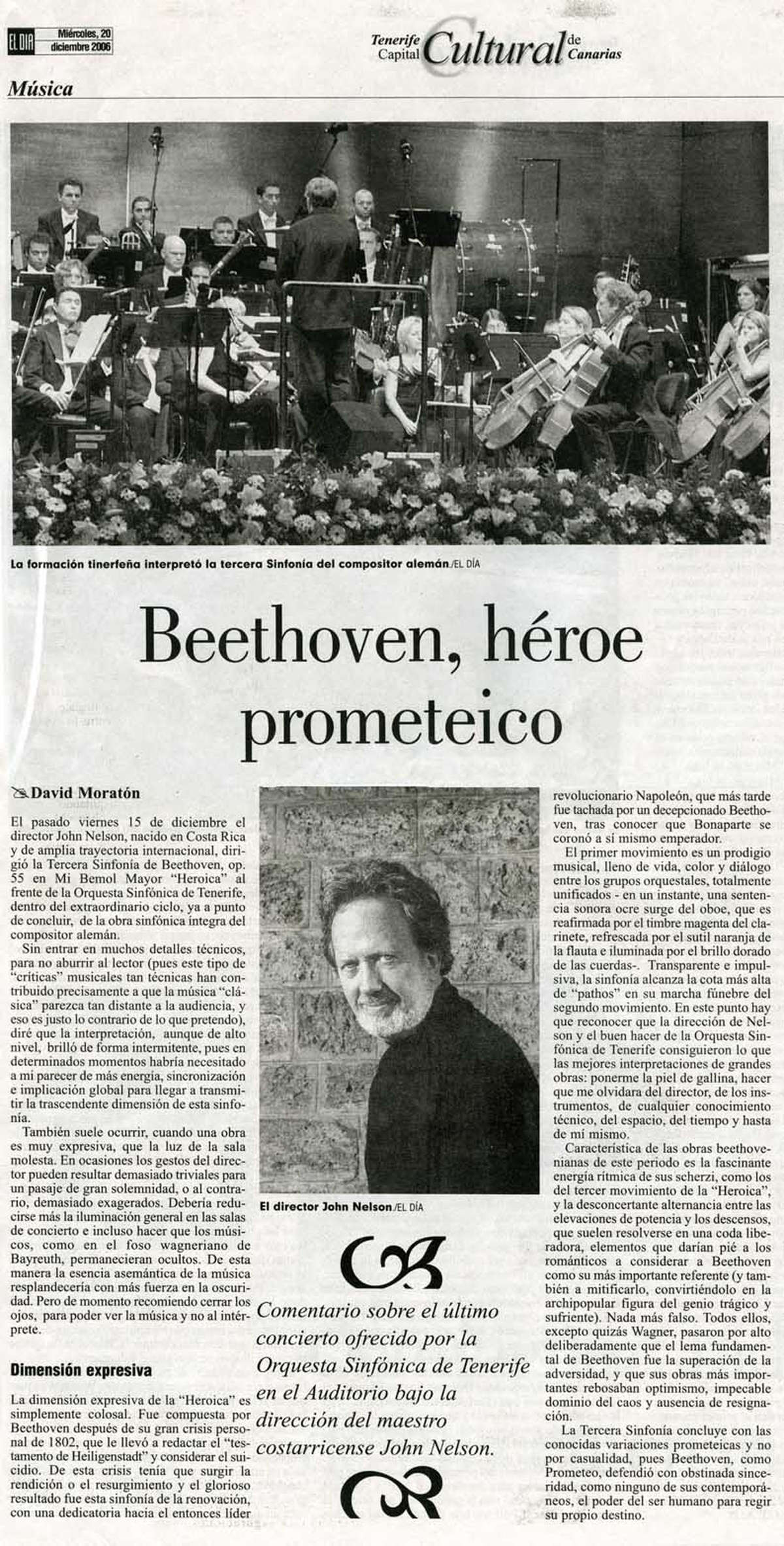
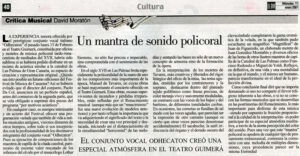
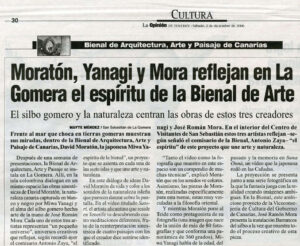
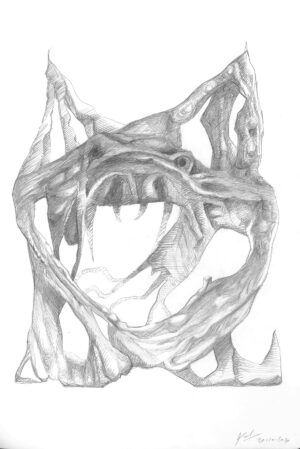

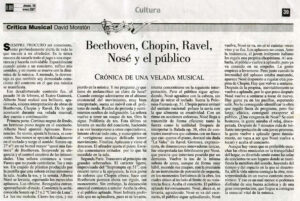
Reviews
There are no reviews yet.